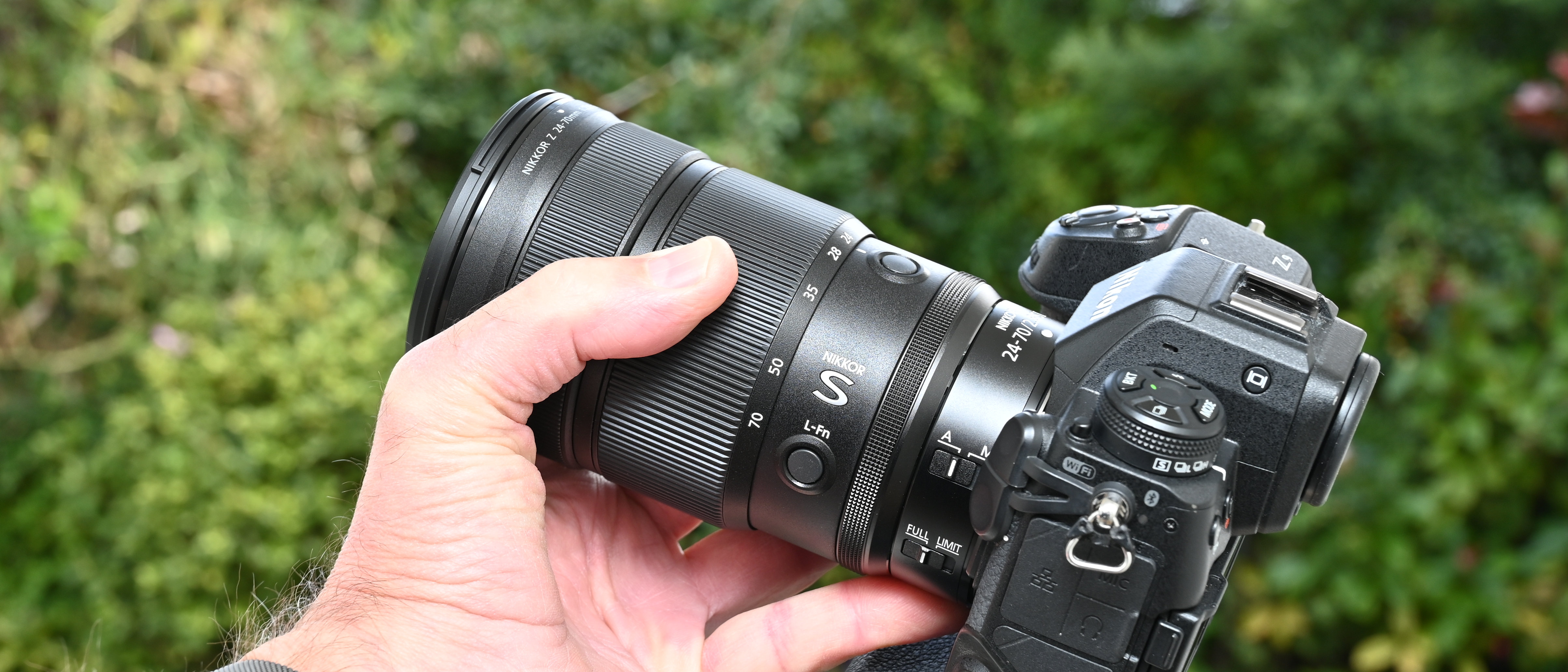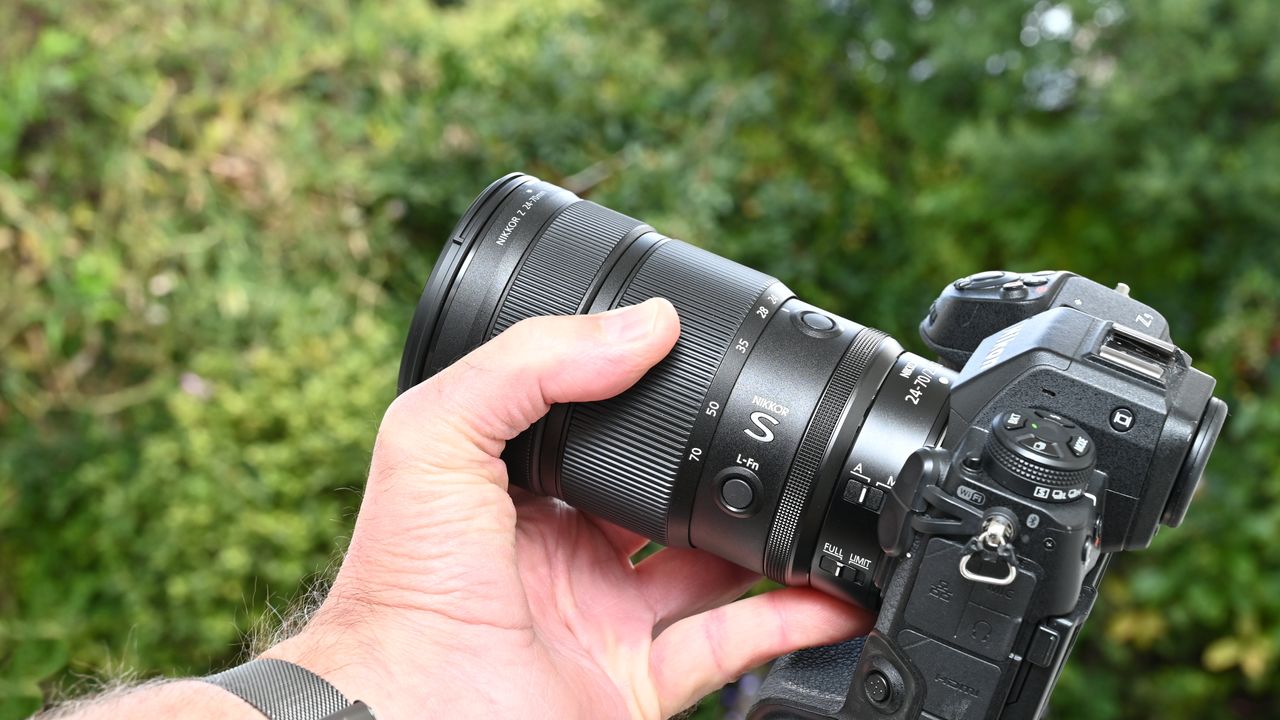
A top-spec ‘trinity’ standard zoom lens is something that every serious camera manufacturer needs to make, if it wants to attract a clientele of professional and enthusiast photographers. Nikon is no exception. Recent options include the Nikon AF-S 24-70mm f/2.8E ED VR for DSLRs, which is still on sale despite the obsolescence of many F-mount lenses, and the relatively groundbreaking Nikon Z 24‑70mm f/2.8 S, arguably Nikon’s first truly pro-grade zoom for the best Nikon Z mirrorless cameras. Indeed, the original Z 24-70mm f/2.8 lens was so startlingly good that the Mark II has a very tough act to follow. To my mind, it more than rises to the challenge, and is one of the best Nikon Z lenses you can buy.
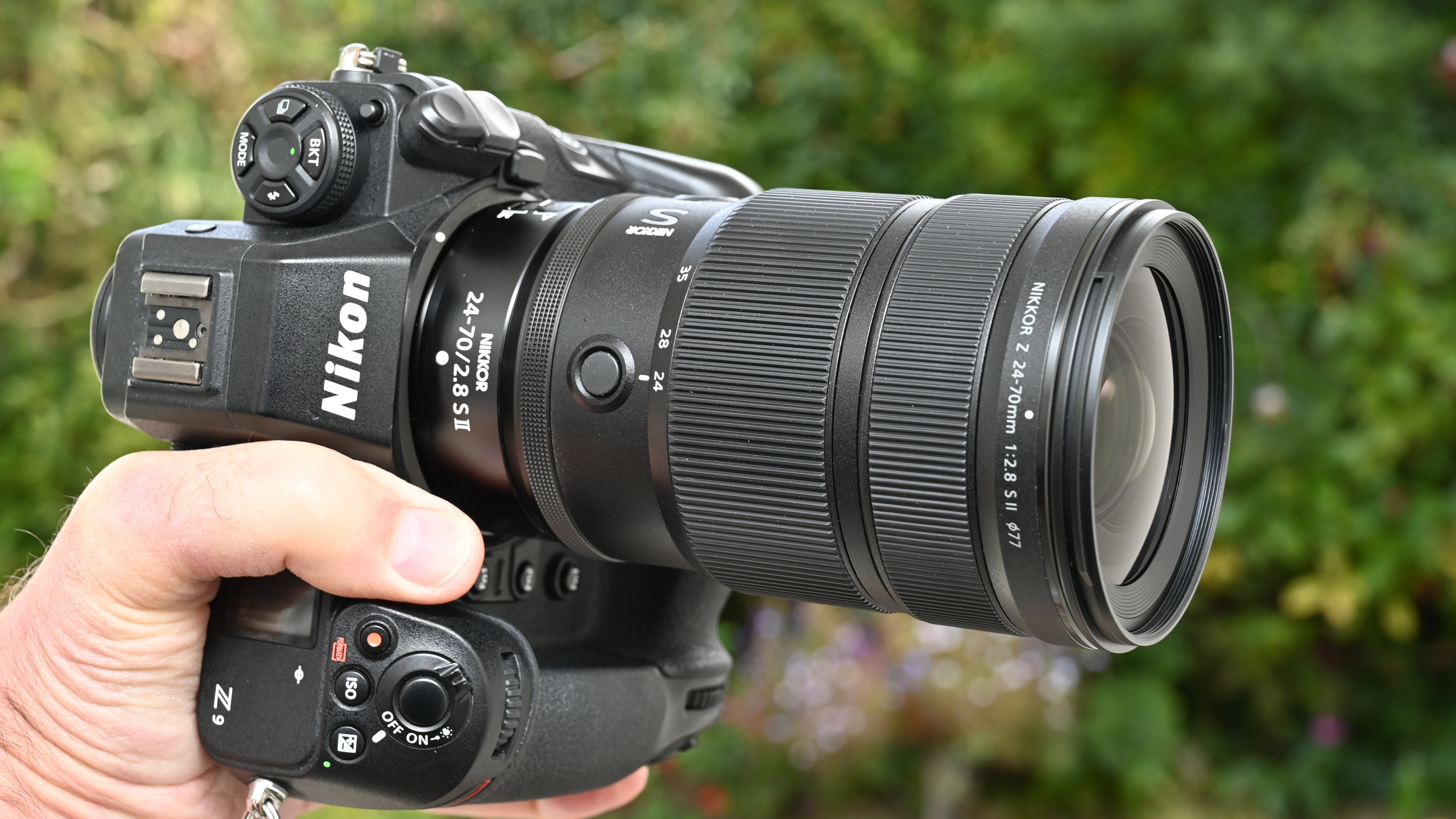
Nikon Z 24‑70mm f/2.8 S II: Specifications
Mount options |
Nikon Z (FX) |
Lens construction |
14 elements in 10 groups |
Angle of view |
84 to 34.3 degrees |
Diaphragm blades |
11 |
Minimum aperture |
f/22 |
Minimum focus distance |
0.24m (W) 0.33m (T) |
Maximum magnification |
0.32x (at 70mm) |
Filter size |
77mm |
Dimensions |
84x142mm / 3.4x5.6" |
Weight |
675g / 1.49lb |
Nikon Z 24‑70mm f/2.8 S II: Price
The equation that has ‘new and improved’ on one side invariably has ‘more expensive’ on the other. The Mark II edition of this Nikon lens is no exception. It launched at $2,797 / £2,599 / AU$4,599, making it considerably pricier than the original Nikon Z 24‑70mm f/2.8 S, which had come down to around $2,147 / £2,099 / AU$4,199 at the same time. It’s in the same ballpark as the Canon RF 24-70mm f/2.8L IS USM but costs rather more than the Sony FE 24-70mm f/2.8 G Master II. Whichever way you look at it, the finest pro-grade trinity zooms don’t come cheap.
Nikon Z 24‑70mm f/2.8 S II: Design & Handling
I like the WYSIWYG design of the Nikon Z 24‑70mm f/2.8 S II. Yes, what you see is what you get, because this lens is a ‘world first’ in being a trinity standard zoom with a fully internal zoom mechanism, so there’s no hidden agenda of an extending inner barrel. Turn back the clock a bit and the Nikon AF-S 24-70mm f/2.8E ED VR for DSLRs was a pretty colossal lens (wider and half an inch longer) that looked like it should have had an internal zoom, but stretched even further at both ends of its zoom range.
Given the fixed physical length, it’s no surprise that the Z 24‑70mm f/2.8 S II isn’t a small lens, and is actually half an inch longer than the original Z-mount version. On the plus side, it has a smaller diameter and only takes 77mm rather than 82mm filters. Further bonuses of the internal zoom mechanism include a minimized risk of dust and moisture entering the lens while zooming, and a fixed center of gravity that makes the lens easier to use with a gimbal.
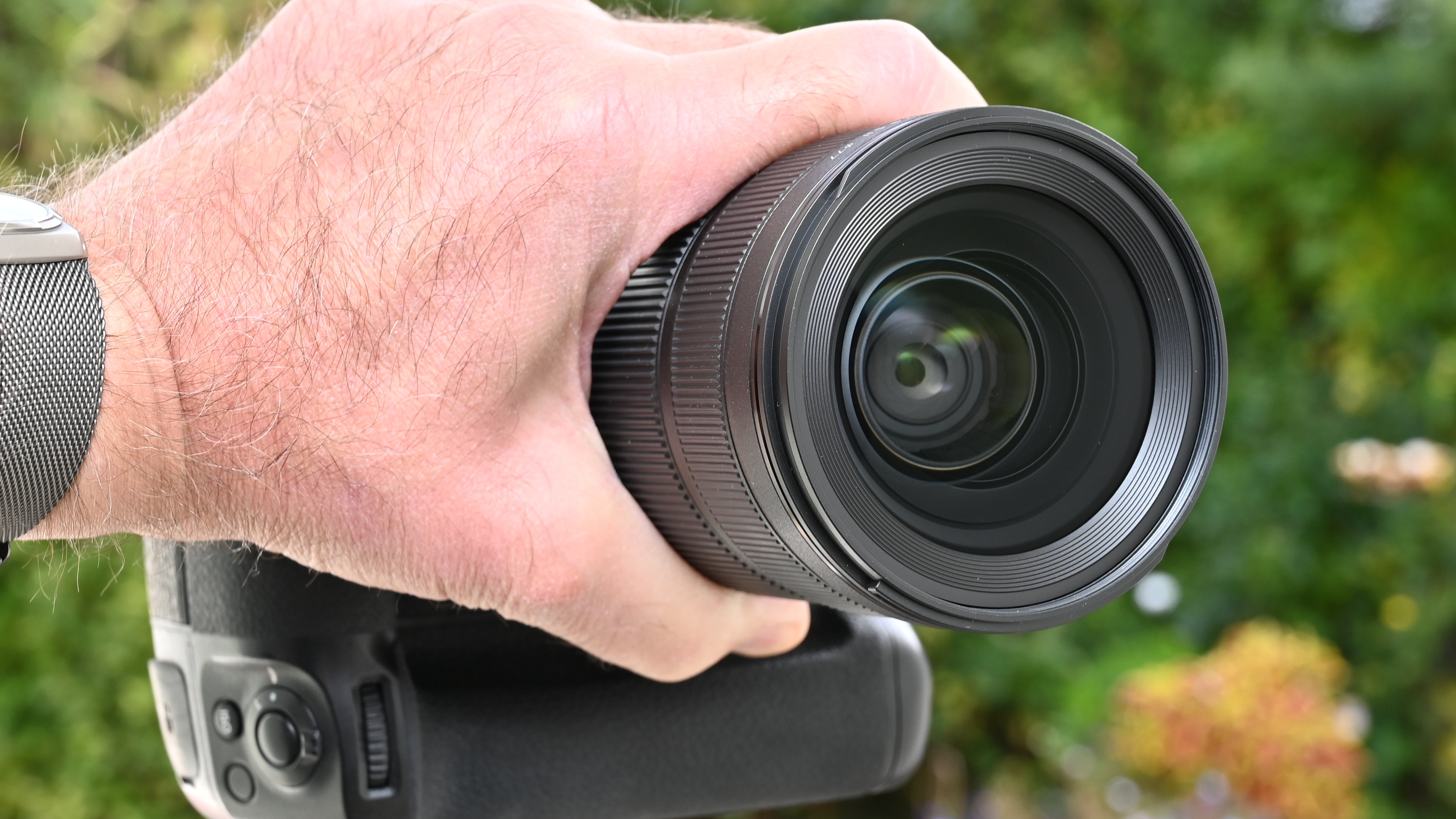
What really surprised me was the weight of this lens, or rather the lack of it. The F-mount lens is properly hefty at 1,070g / 2.35lb, and the original Z-mount lens is still pretty weighty at 805g / 1.77lb. The Mark II feels much lighter than it looks, tipping the scales at a very modest 675g / 1.49lb. Ultimately, it feels nicely balanced even on relatively compact Z-system bodies like the Nikon Zf and Z6 III, as well as the chunkier Z8 and Z9. Nikon claims that the Mark II is actually the most lightweight 24-70mm f/2.8 lens in the world, bar none.
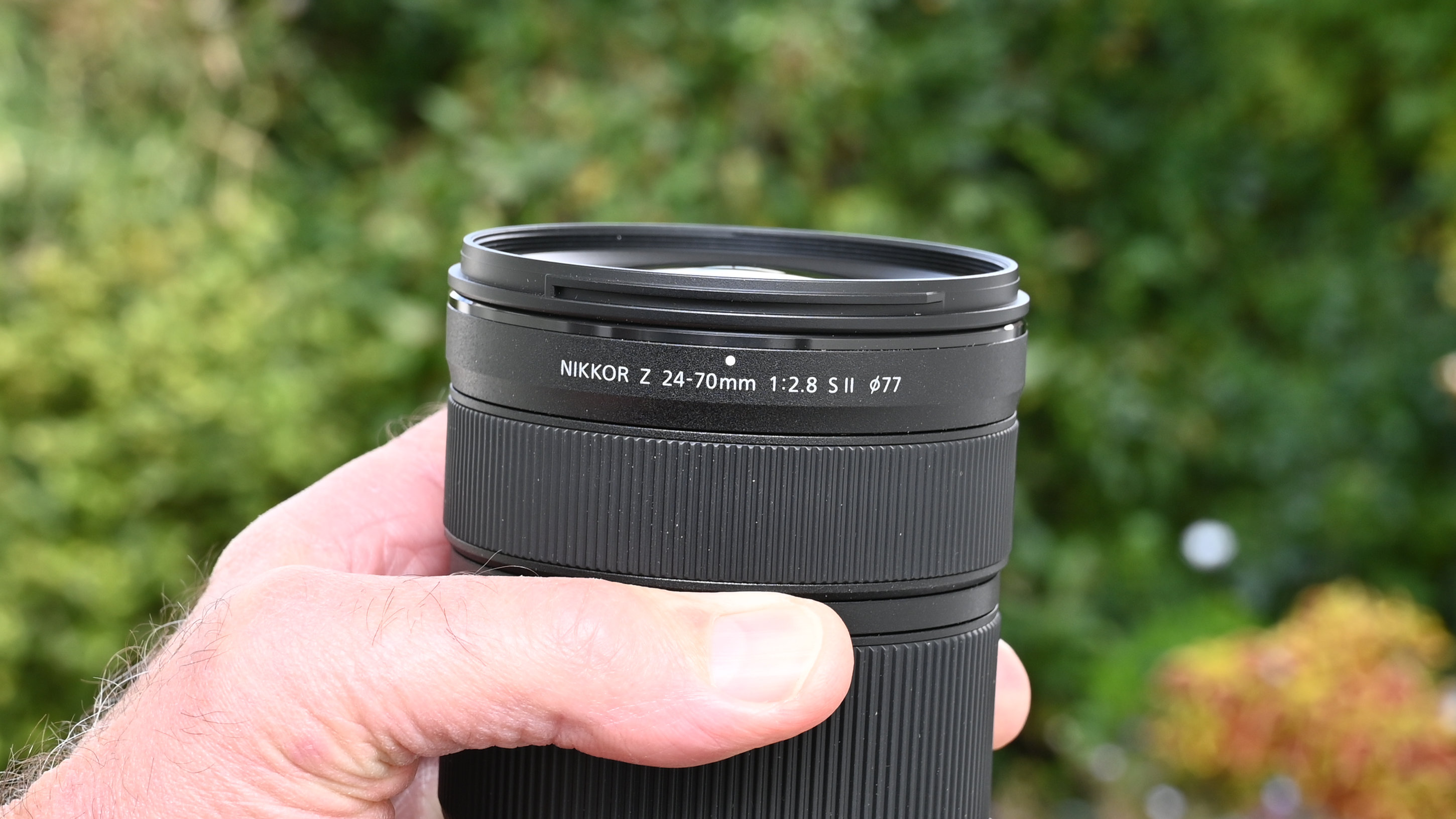
Part of the weight loss is due to the Mark II having fewer optical elements than the original, which have been scaled back from 17 to 14. There are three aspherical elements rather than four, although one is a highly complex dual-sided aspherical element, and the lens matches the original in including two ED (Extra-low Dispersion) elements.
The optical design aims for stellar sharpness and clarity, along with beautiful bokeh and minimal unwanted aberrations. To maintain the quality of bokeh when stopping down a little, the blade count in the aperture diaphragm goes up from nine to 11, making the aperture more well-rounded. High-tech coatings are also on hand to minimize ghosting and flare, including ARNEO coat and Meso-amorphous coat, as well as Nikon’s more standard Super Integrated Coating. As I’d expect in a lens of this class, it also features a fluorine coating on the front element and extensive weather seals.
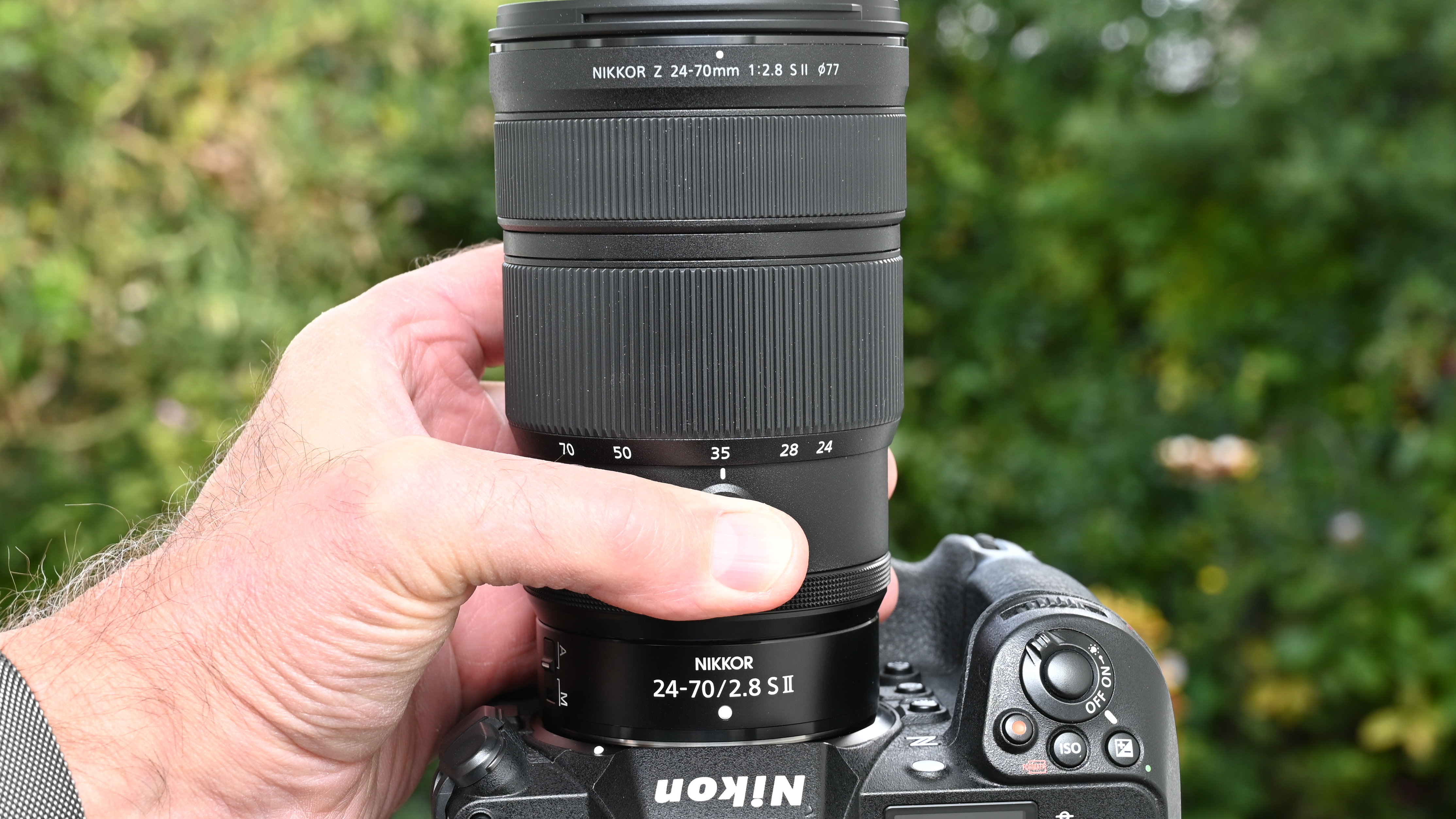
Let’s talk autofocus. Again, the Mark II sets a new benchmark among Nikon zooms. It’s the first Nikon zoom to feature the company’s ‘Silky Swift Voice Coil Motor’ (SSVCM), which drives multiple groups of elements to make autofocus as fast and precise as possible. I’ve used this autofocus system before in the mighty (and hugely expensive) Nikon Z 600mm f/4 TC VR S. Playing the numbers game, Nikon claims that autofocus in the Mark II is 5x faster with a 40 per cent reduction in scan time at the telephoto end, as well as being 50 per cent quieter and 60 per cent quicker when tracking subjects during zooming. More on that when I get to the ‘performance’ section below.
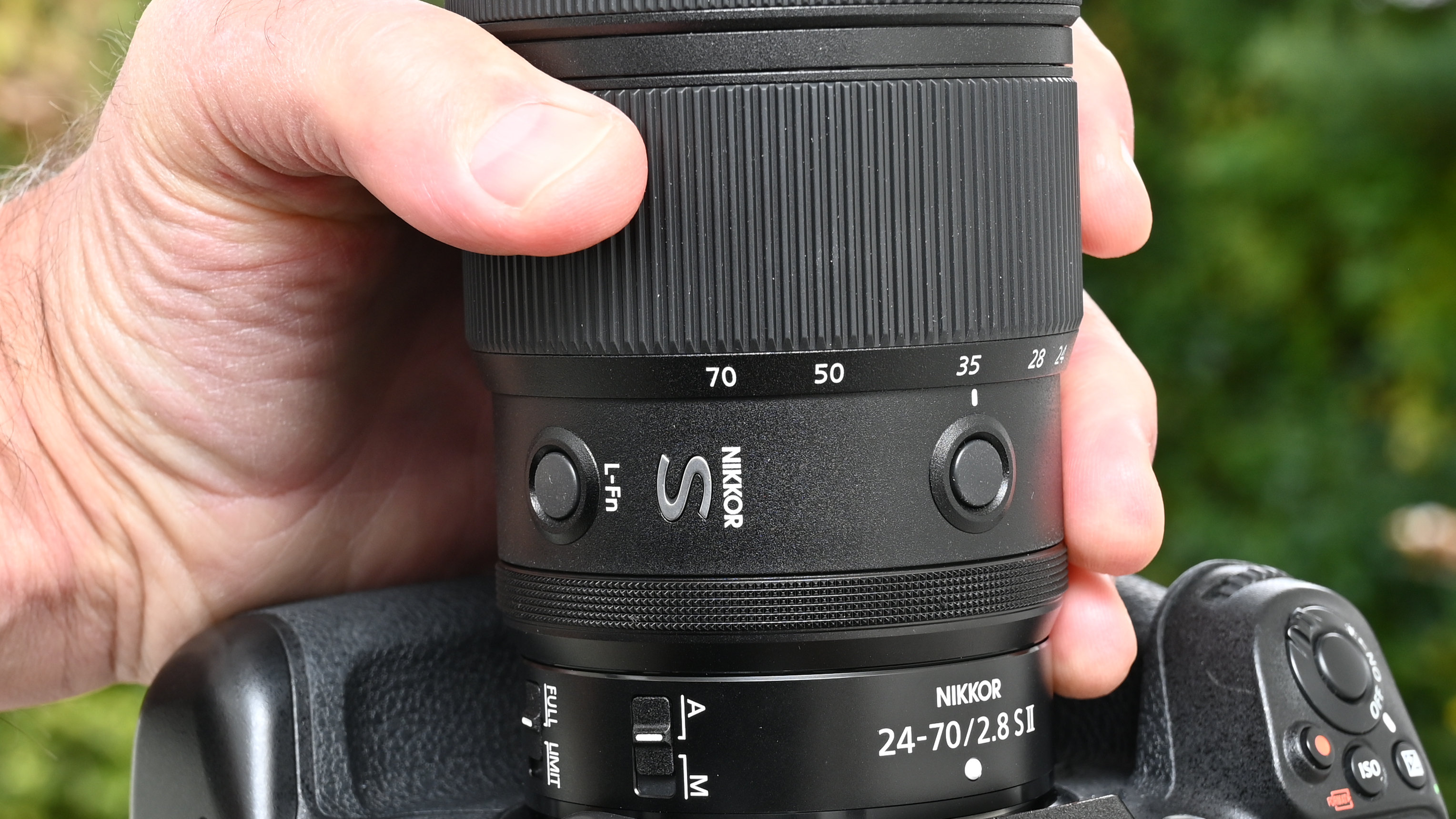
One thing that’s lacking which was featured in Nikon’s first round of ‘trinity’ wide-angle, standard and telephoto zooms, plus a few other top-class S-line lenses, is an OLED info display screen. Do I miss it? Not in the least. I did rather like the OLED screen when it was first introduced but it didn’t take long for the novelty value to wear off. One thing I really do like, or rather two things, are the dual customizable function buttons. I tend to double up on AF-hold for these, so that the same function naturally falls under the thumb in both landscape and portrait orientation shooting.
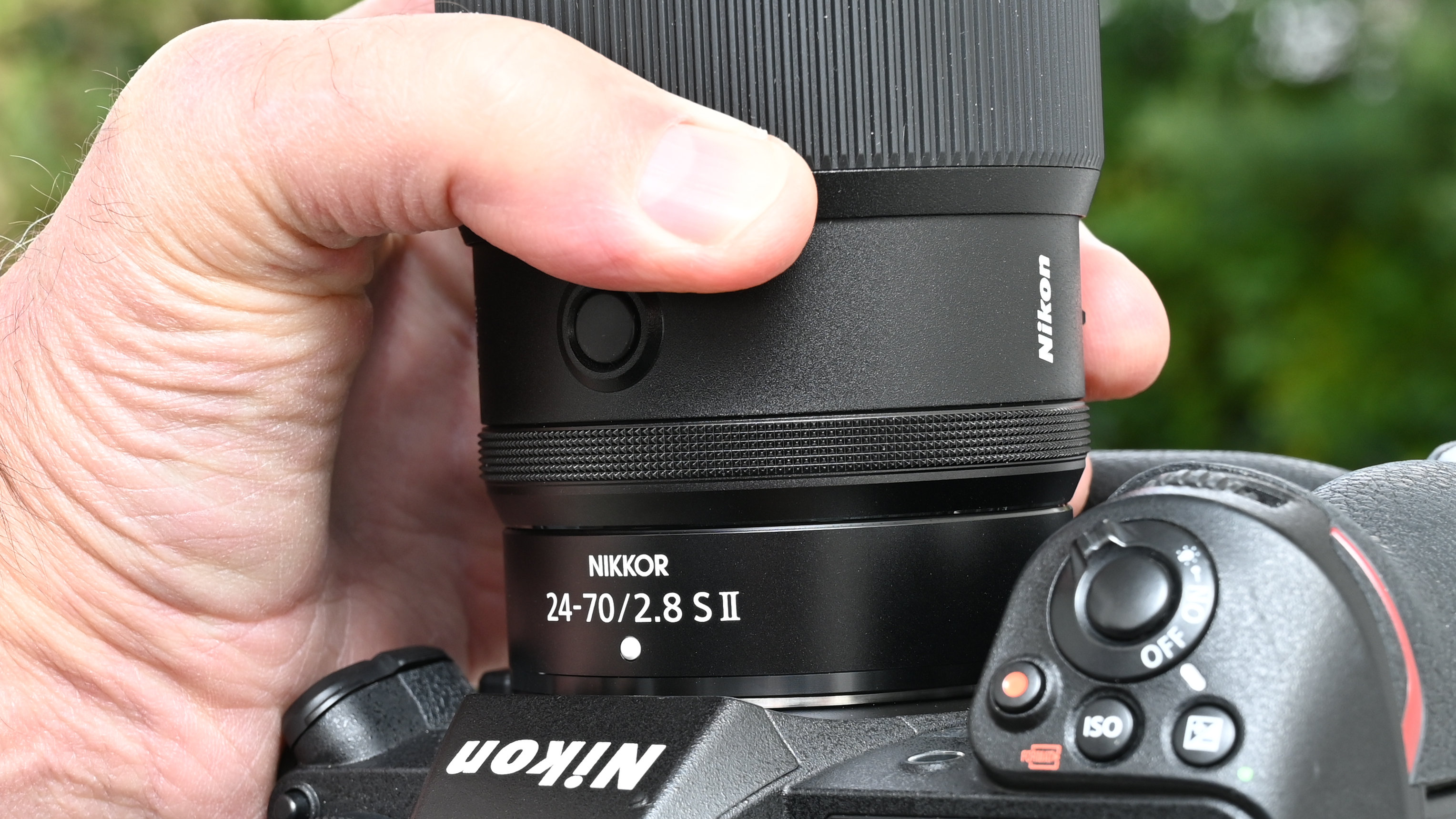
Next up on my personal hit list is the aperture ring. Another first for Nikon (what took them so long?) is that the tertiary control ring, nominally for aperture adjustment, comes with a Click on/off switch. This makes it easy to swap between fixed and easily repeatable aperture increments for stills, or stepless aperture adjustments when shooting video. And speaking of video, the lens is designed to have virtually no focus breathing whatsoever. After all, who only shoots stills these days?
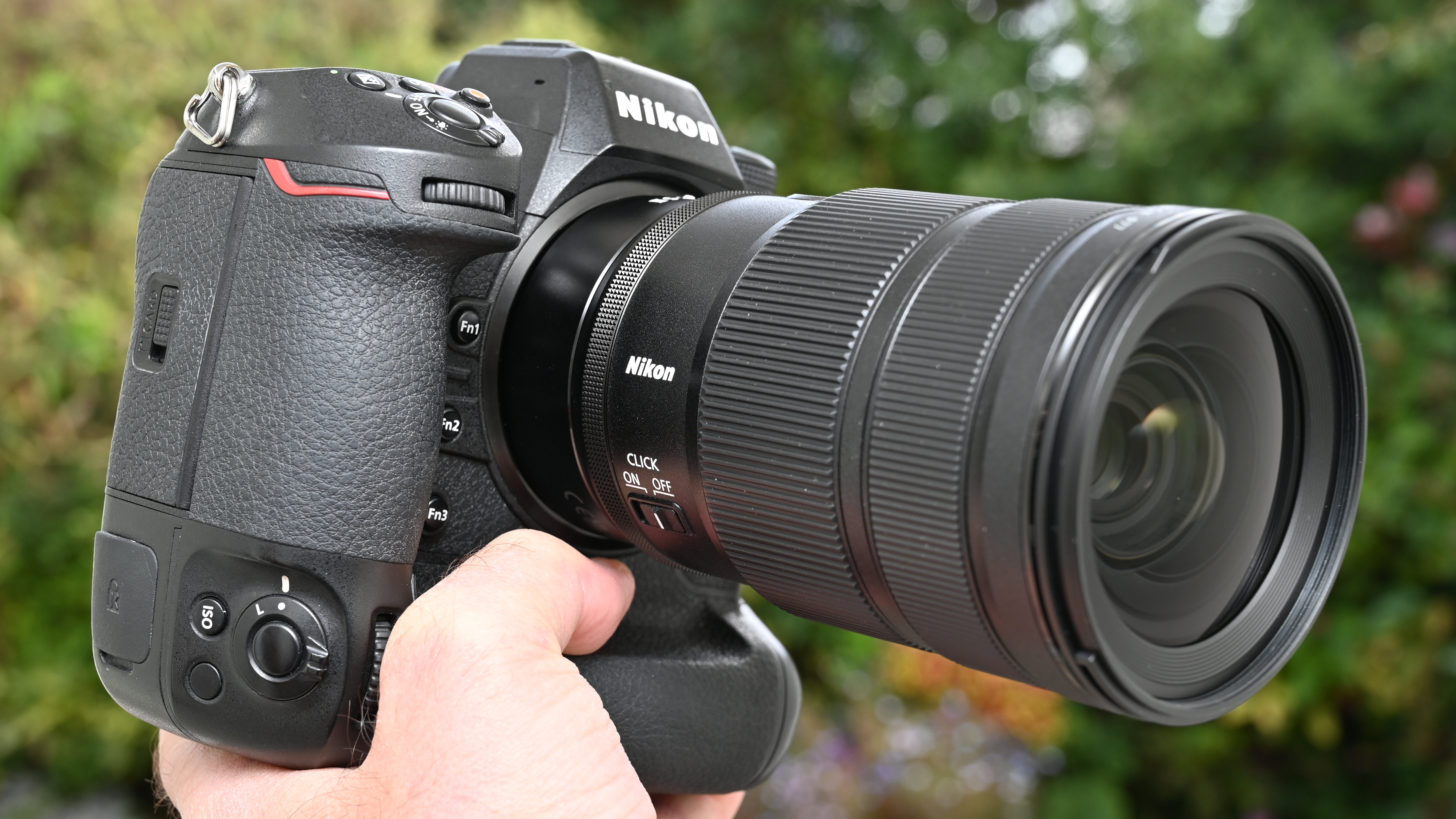
Further switches near the rear of the lens are on hand for Auto/Manual focus modes and an autofocus range limiter. I’d generally only expect the latter on telephoto and macro lenses, but it’s a worthwhile addition in this case, not least because the lens has a very short minimum focus distance.
You can focus right down to 0.24m at the short end of the zoom range, and 0.33m at the long end, which translates to a sizeable maximum magnification factor of 0.32x at the longest 70mm focal length. This enables you to recreate small objects on the image sensor at one-third life size, giving the potential for massive enlargement. The only slight frustration is that the minimum focus distance isn’t constant throughout the zoom range, but that’s not generally a major concern.
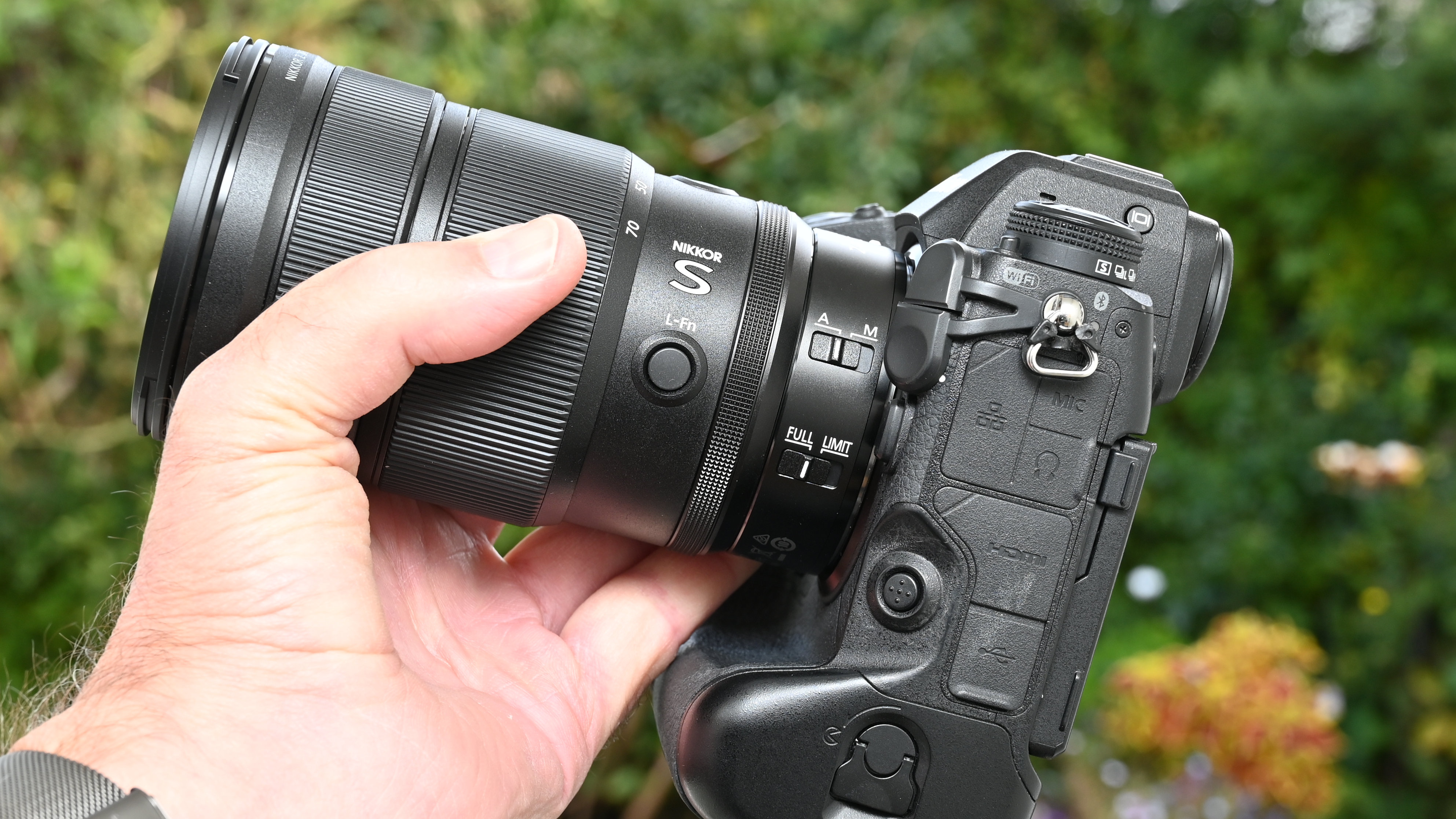
Even the lens hood has been redesigned from that of the original. The new version features a sliding panel, giving easy access to rotation-specific filters like circular polarizers. As usual, it’s a bayonet-fit hood that’s reversible for smaller stowage and has a petal-shaped profile. It also features a locking pushbutton.
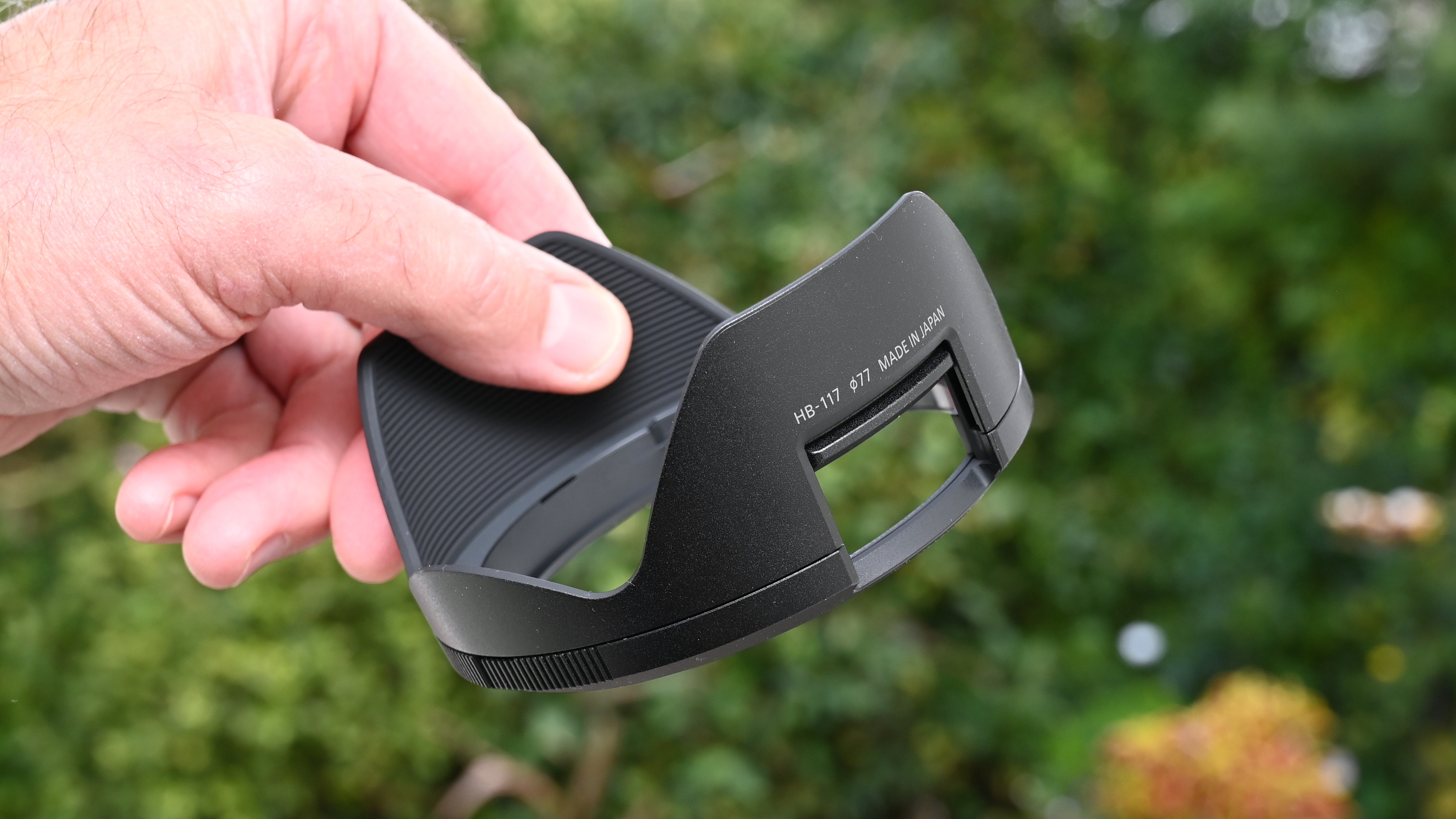
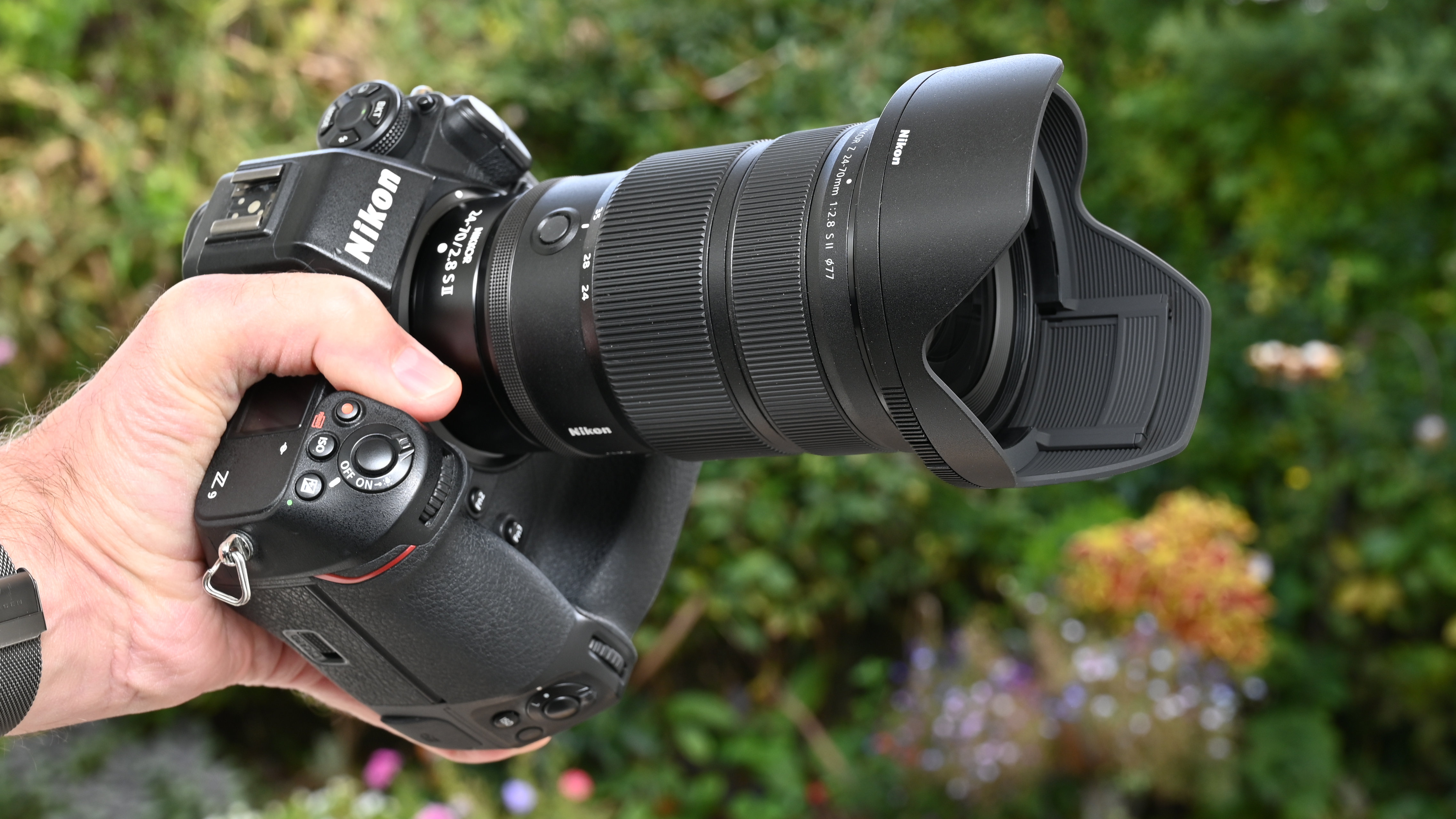
Nikon Z 24‑70mm f/2.8 S II: Performance
As I’ve mentioned, Nikon makes great claims for its Silky Swift Voice Coil Motor autofocus system. I was therefore expecting a lot in terms of its performance, but it still managed to take me by surprise. Autofocus is lightning fast and almost uncanny in its ability to track moving subjects, even when zooming. And as advertised, it’s virtually silent in operation as well. Suffice it to say that, coupled with the advanced autofocus system of the Nikon Z9, which I used for testing the lens, it gave me a virtually 100 per cent hit rate for correctly focused images.

The lens has no optical image stabilization, which is no surprise as all of Nikon’s full-frame Z-system cameras feature IBIS (In Body Image Stabilization). Sure, Nikon still tends to build optical VR (Vibration Reduction) into its Z-mount telephoto lenses, because IBIS is less effective in telephoto shooting. But IBIS is just fine for wide-angle to short telephoto focal lengths, and the proof of the pudding is that it worked really well with this lens throughout my testing.
The zoom range of 24-70mm is one of my personal favorites. There are alternative ‘trinity’ standard zooms like the Nikon Z 28-75mm f/2.8 and the even better Tamron 28-75mm f/2.8 Di III VXD G2. They’re highly impressive lenses and great value for money, but, ultimately, I really miss the extra wide-angle coverage of a 24-70mm lens. For comparison, the following gallery of five example images was taken at all of the marked 24mm, 28mm, 35mm, 50mm and 75mm focal lengths of the lens. Prepare to be impressed by the corner-to-corner sharpness throughout the entire zoom range, at least in all of the areas covered by the depth of field, which excludes the close foreground in the most wide-angle shots.






Manufacturers often claim that their best zoom lenses offer similar performance to shooting with three or more prime lenses. Nikon doesn’t actually say this, but it certainly could. The levels of sharpness across the whole image are fabulous, there’s negligible color fringing, and the capture of ultra-fine detail and texture is nothing short of breathtaking. The lens is definitely more than capable of making the most of Nikon’s highest-resolution cameras with 45-megapixel image sensors.

Nikon Z 24‑70mm f/2.8 S II: Sample Images
The gallery of sample images below was taken with a Nikon Z9 body. It features outdoor and indoor shots captured at the Bishop’s Palace & Gardens in the English city or Wells, and at the city’s street market which is held on Wednesdays and Saturdays of each week.




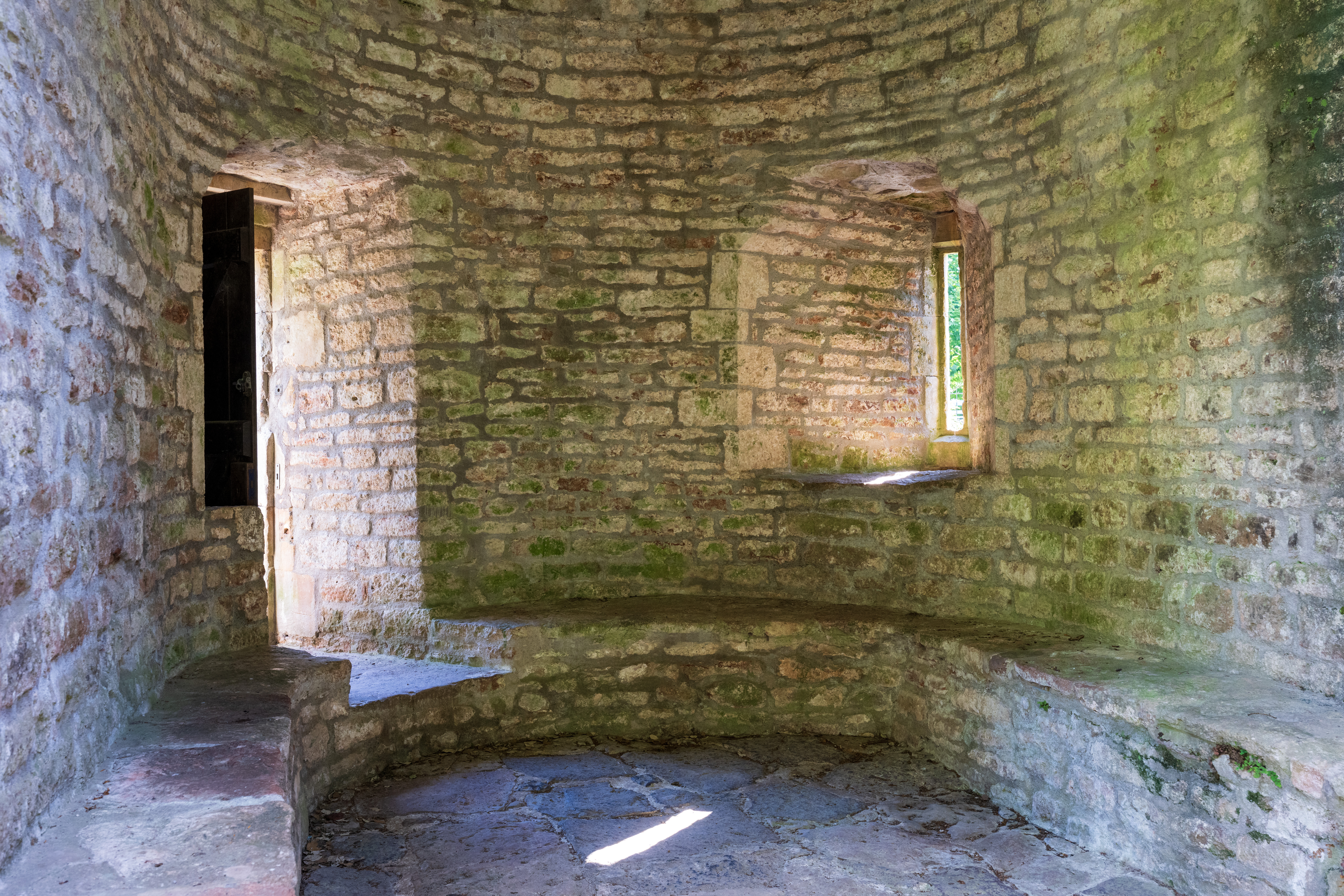




















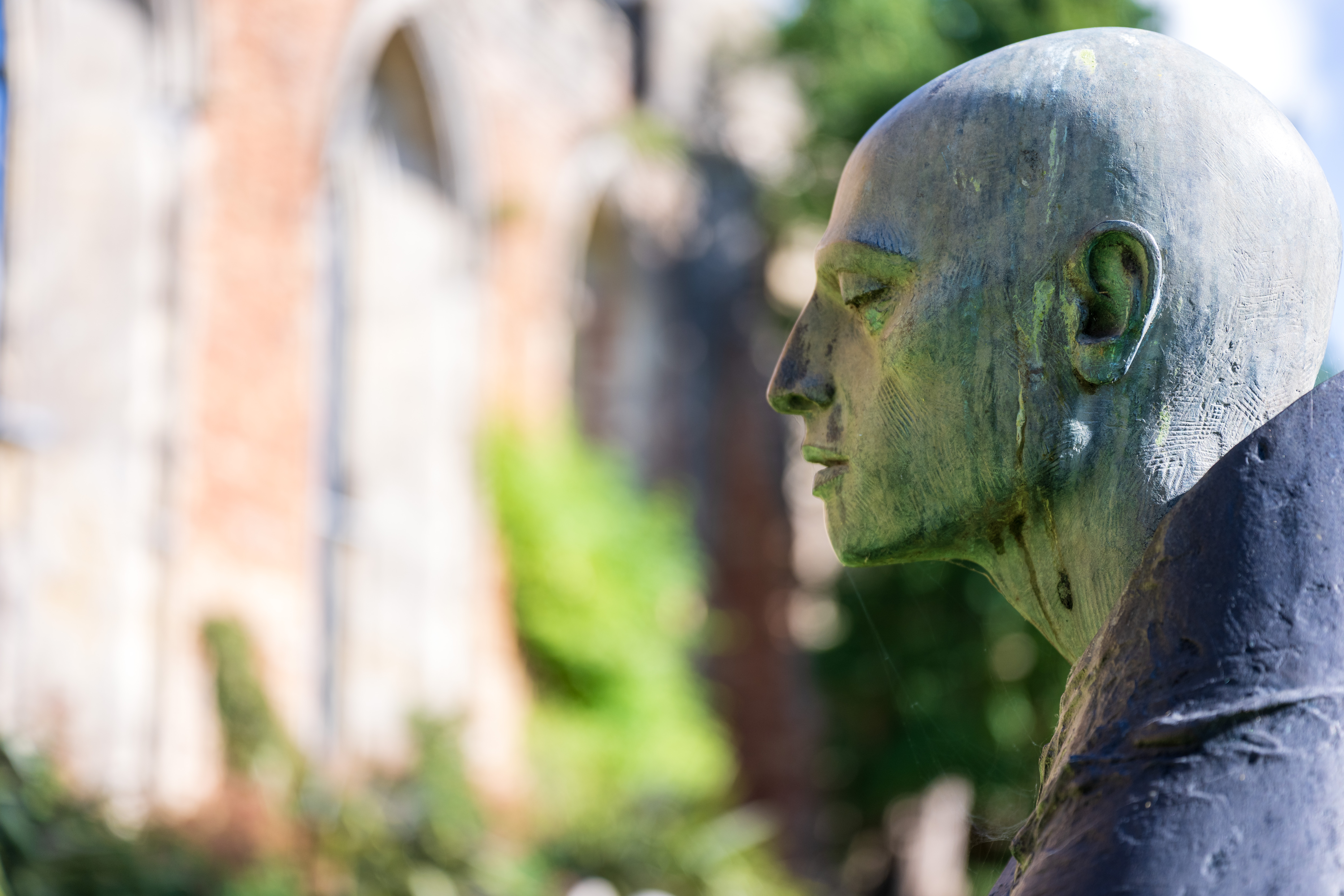





Nikon Z 24‑70mm f/2.8 S II: Lab Results
We run a range of lab tests under controlled conditions, using the Imatest Master testing suite. Photos of test charts are taken across the range of apertures and zooms (where available), then analyzed for sharpness, distortion and chromatic aberrations.
We use Imatest SFR (spatial frequency response) charts and analysis software to plot lens resolution at the center of the image frame, corners and mid-point distances, across the range of aperture settings and, with zoom lenses, at four different focal lengths. The tests also measure distortion and color fringing (chromatic aberration).
Sharpness:
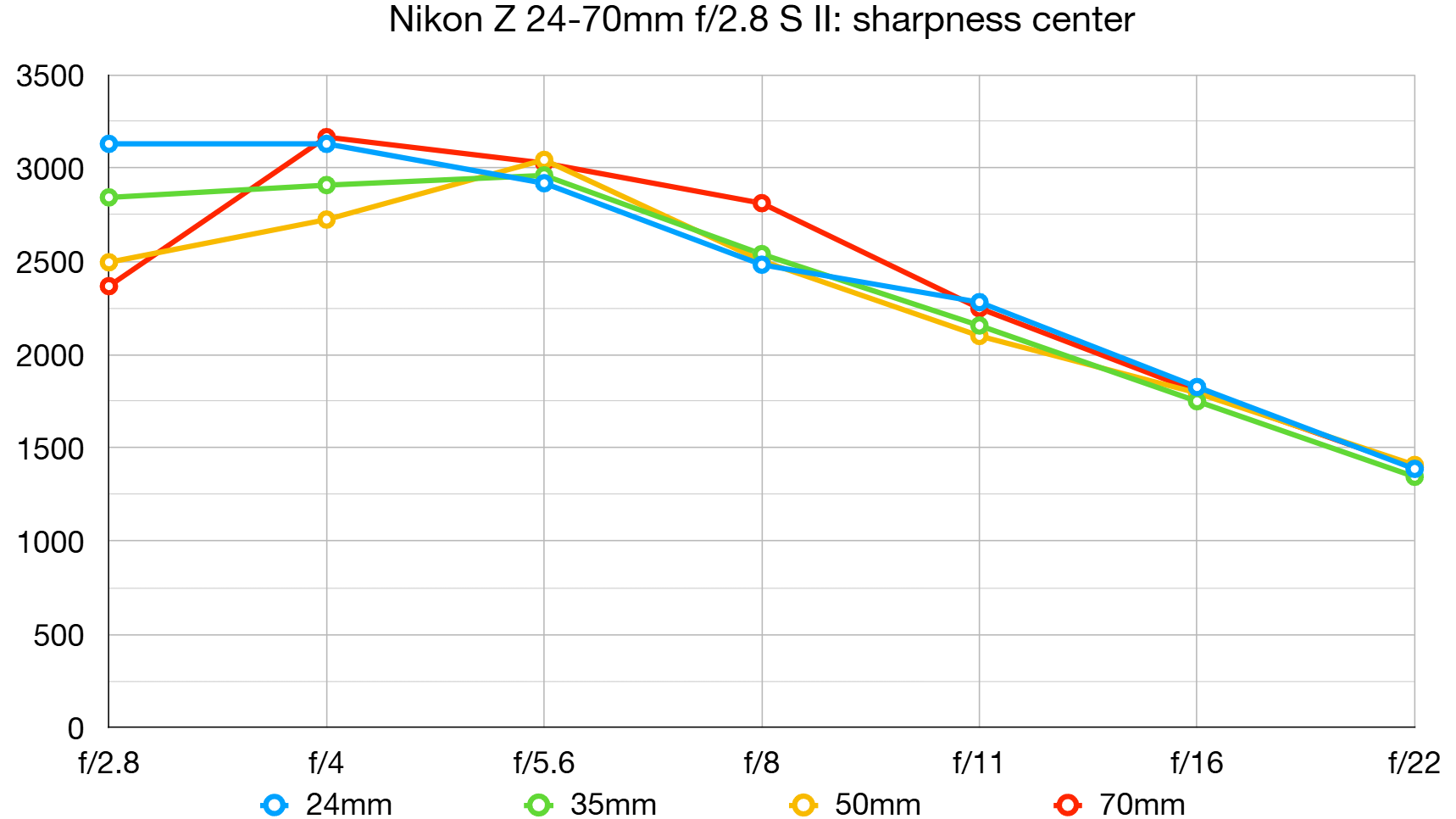
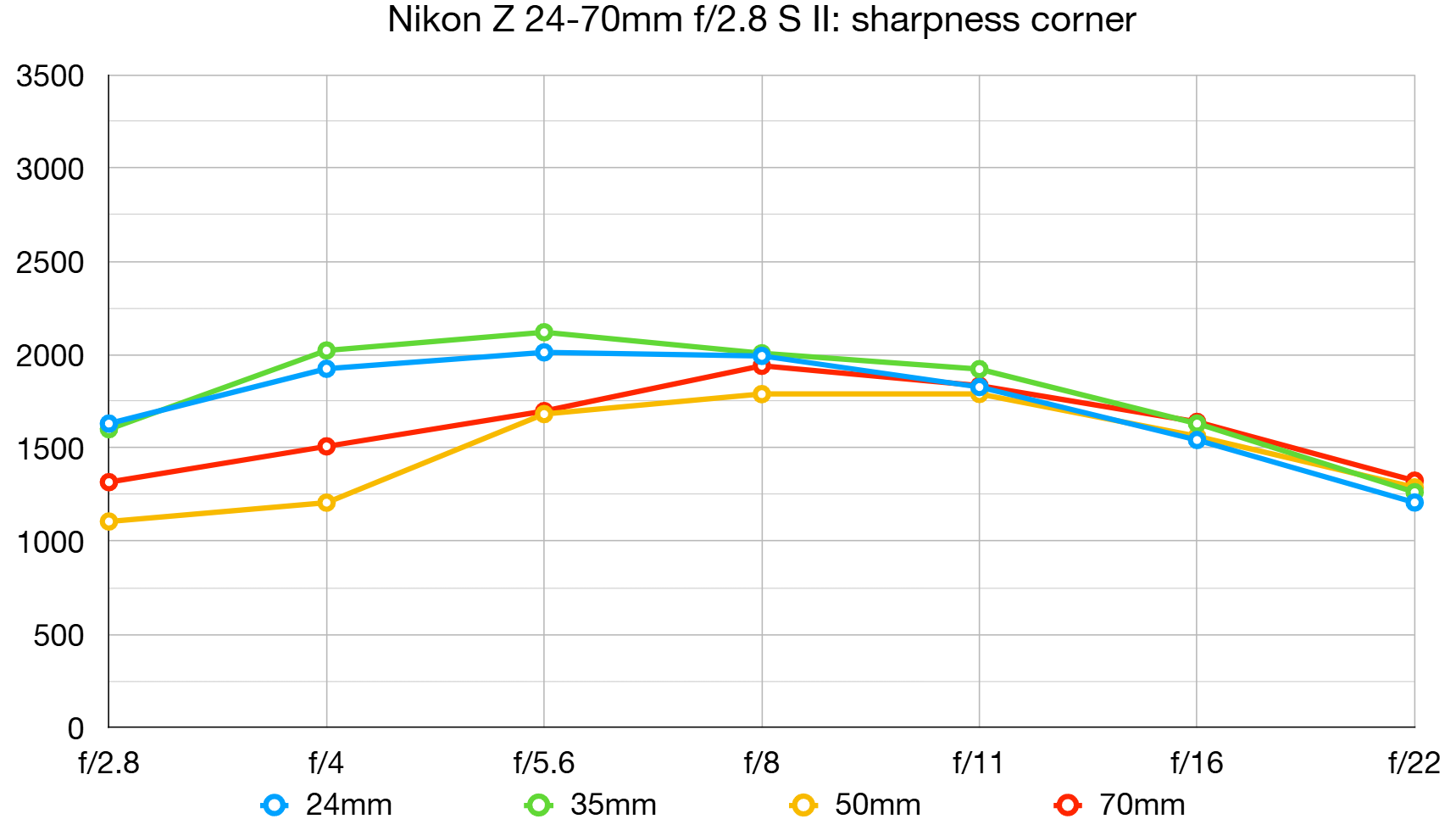
Levels of sharpness in our lab tests proved very similar to those of the original lens, which is no bad thing. The only really notable difference was that sharpness away from the central region of the frame was less impressive from the Mark II at a focal length of 50mm, when using wide apertures of f/2.8 to f/4. Overall though, it’s a super-sharp lens throughout the zoom range.
Fringing:
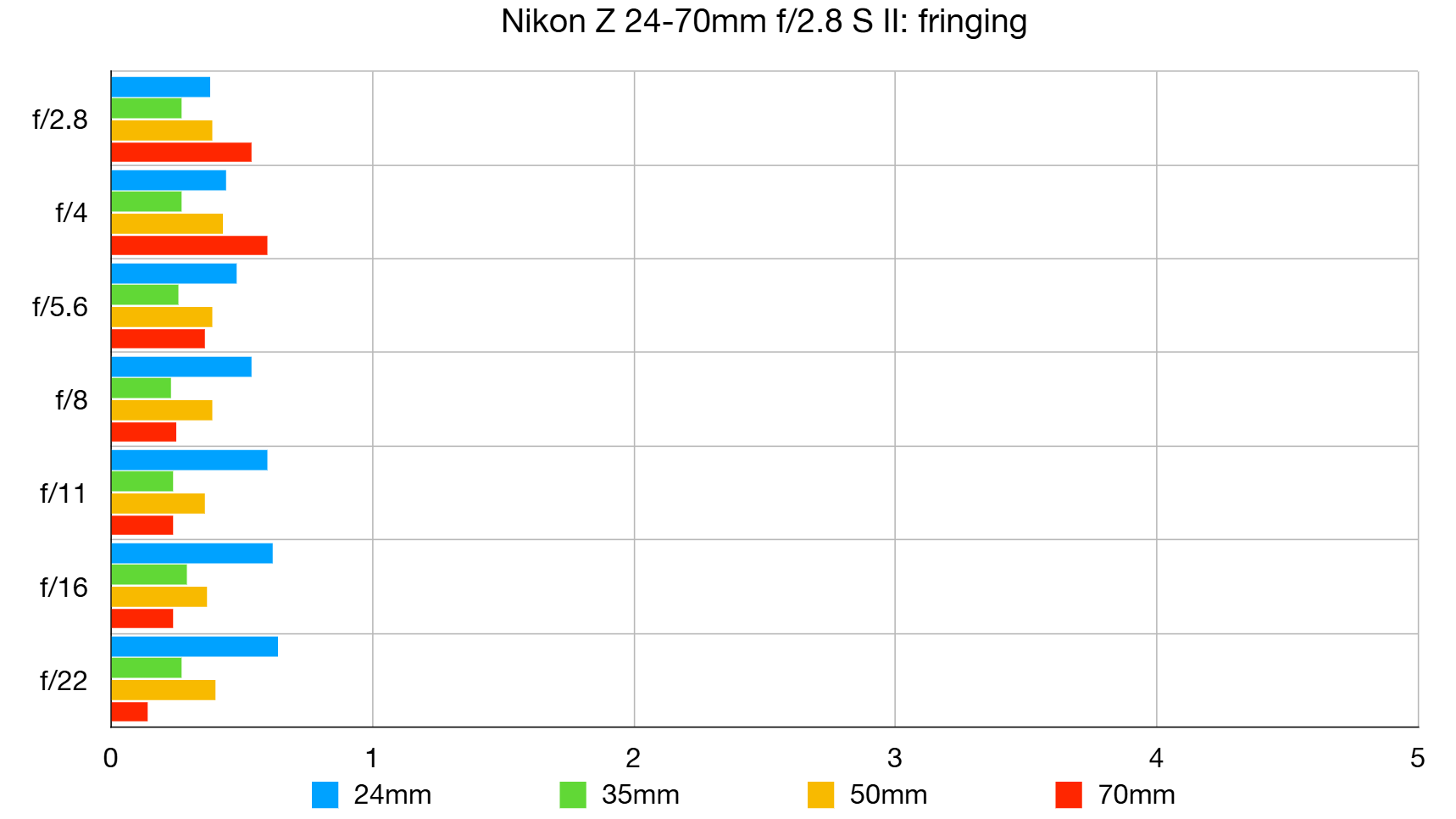
As with sharpness, there’s little to choose between the original and Mark II lens for color fringing. Both lenses do very well to keep fringing to absolutely negligible levels, throughout the entire zoom and aperture ranges, even out at the extreme edges and corners of the frame.
Distortion:
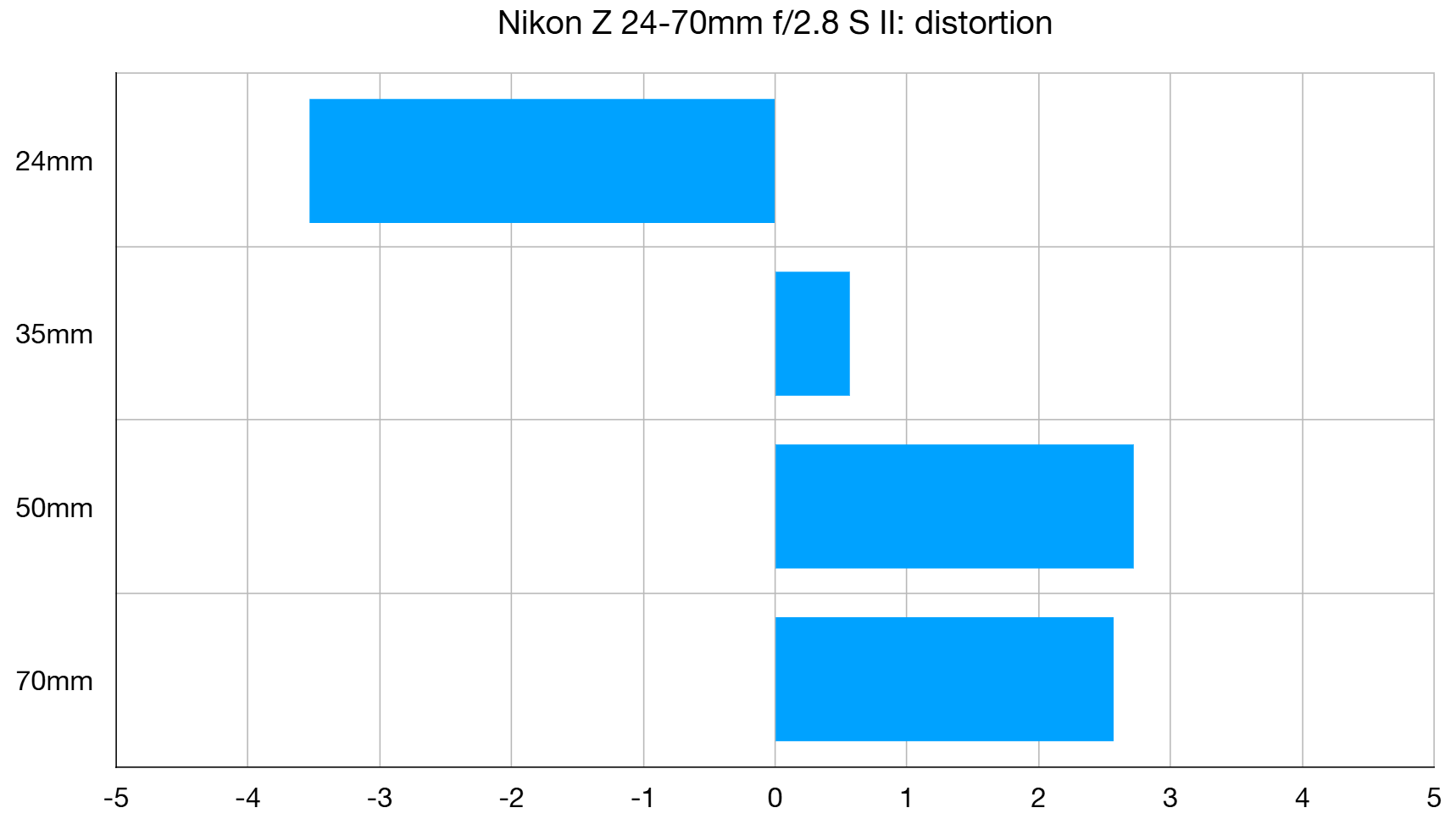
Distortion figures for the original lens were incredibly low at all focal lengths in our tests, simply because automatic in-camera correction can’t be disabled for this lens. The Mark II exhibits noticeable barrel distortion 24mm, virtually no distortion at 35mm, and noticeable pincushion at 50-70mm. Even so, native distortion is much less than in many modern lenses designed for mirrorless cameras, and automatic in-camera correction is still available if you wish to use it. You just don’t absolutely have to.
Nikon Z 24‑70mm f/2.8 S II: Verdict
It would take a lot to prize me away from my beloved Nikon Z 24-70mm f/4 S standard zoom, which I originally got as part of a Nikon Z6 II kit. I love the lens’s ultra-compact, retractable design, sharp image quality, and excellent all-round performance. I subsequently bought the first-edition Nikon Z 24‑70mm f/2.8 S but ended up selling it again, as I found it too cumbersome for walkabout shooting and travel photography.
The Mark II has made me reconsider. Sure, it’s physically quite long, but the length is fixed throughout the zoom range, and it’s surprisingly lightweight and easily manageable. The faster f/2.8 aperture is the main selling point, enabling quicker shutter speeds and tighter depths of field. But there’s more to it than that. Autofocus is blisteringly fast and unerringly accurate, all aspects of image quality are to die for, and the lens simply works brilliantly well in all sorts of shooting scenarios. The only sticking point is the price, but I might well sell off some underused kit to make up the difference. Bring it on!
|
Features ★★★★★ |
Top-end features include super-fast SSVCM autofocus, exotic glass and coatings, dual function buttons and a click/de-click aperture ring. |
|
Design ★★★★★ |
Although physically quite long, the lens has a fully internal zoom mechanism and is surprisingly lightweight, despite being very robust and weather-sealed. |
|
Performance ★★★★★ |
Scintillating sharpness couples with beautifully smooth bokeh. Overall image quality is exceptional and autofocus is both lightning-fast and consistently accurate. |
|
Value ★★★★☆ |
Lenses like this don’t come cheap but, all things considered, it’s very good value for money. |
